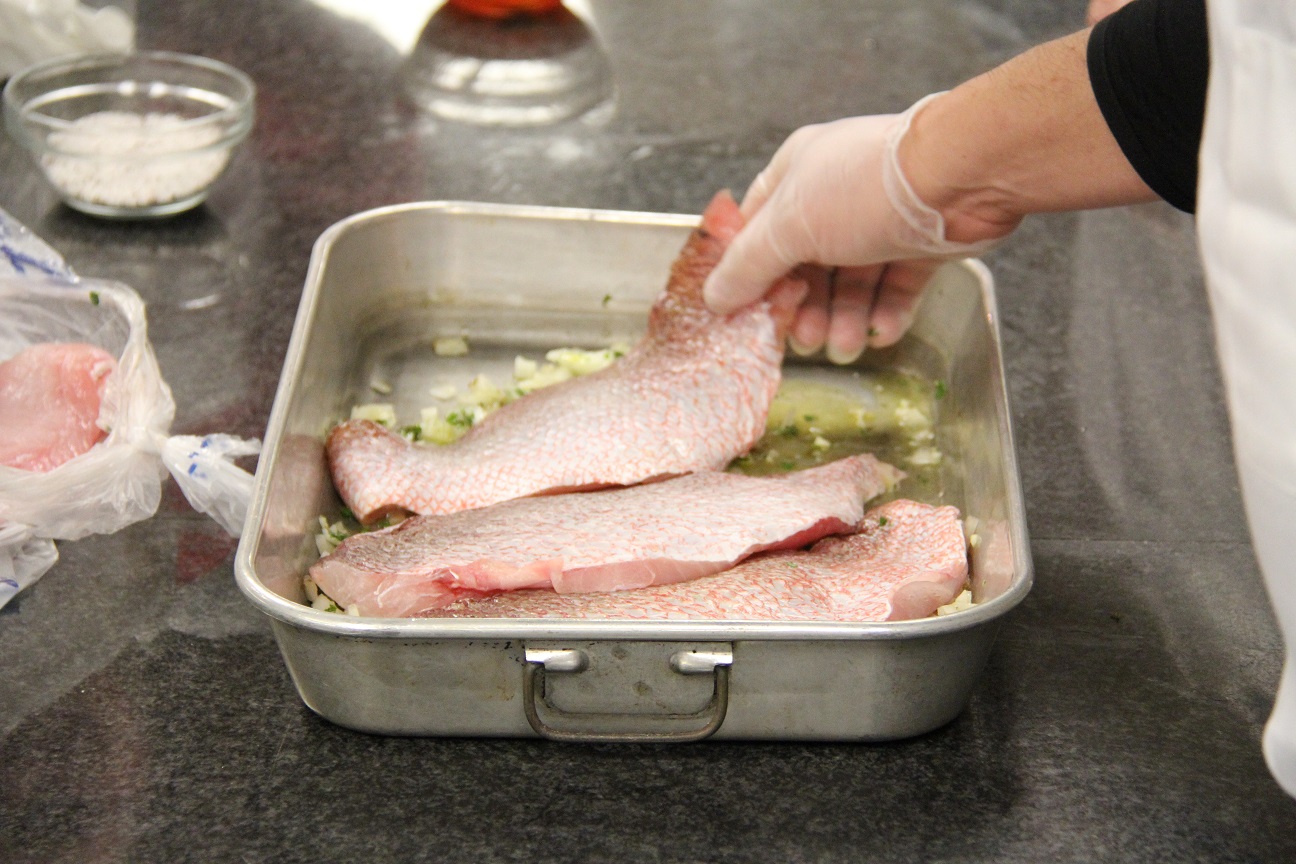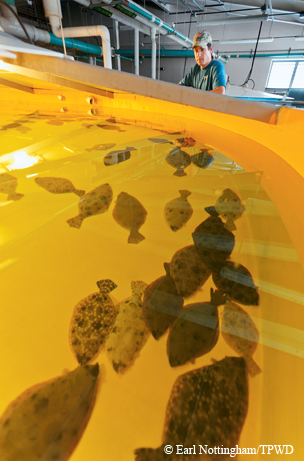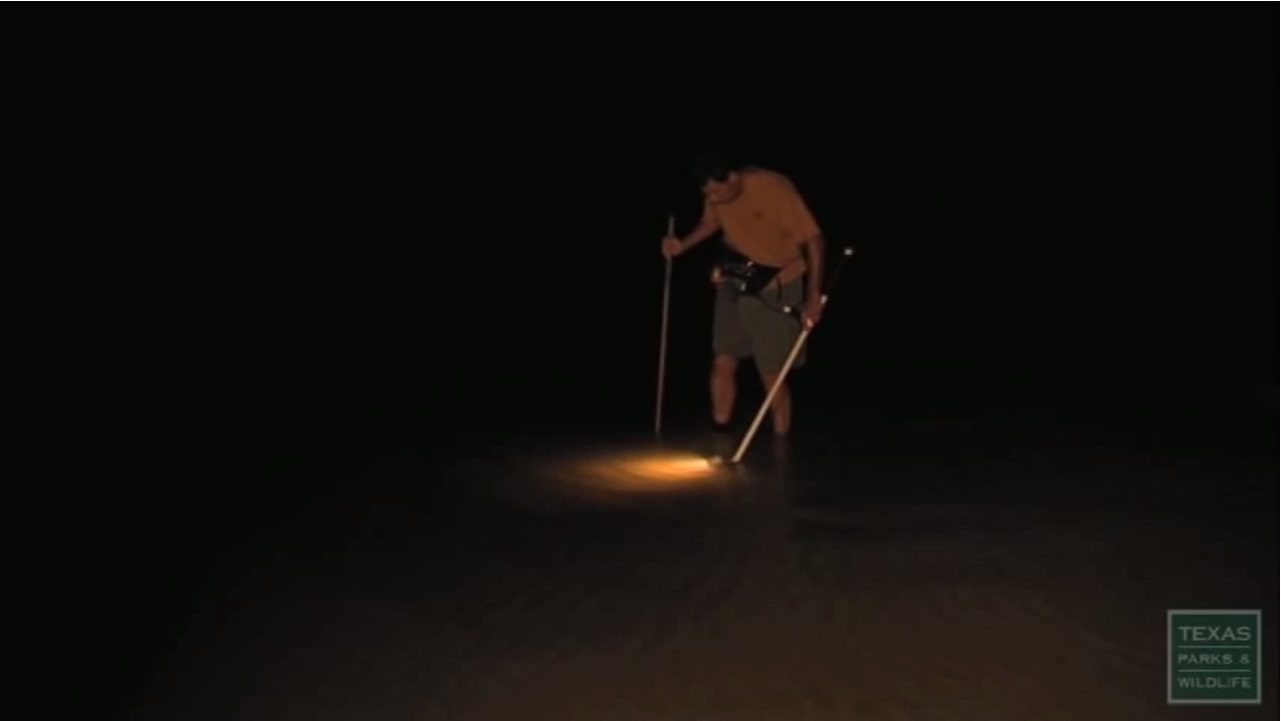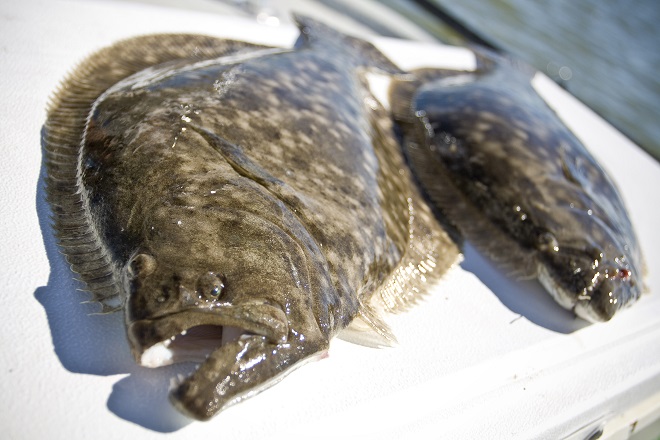Learn to Cook Fish that Everyone Enjoys
Monday, January 1st, 2018This is Passport to Texas
If one of your resolutions for 2018 includes catching, cooking and eating more fish, we’re here to help.
Freshwater and saltwater fish and shellfish are a great source of omega 3 fatty acids, something most of us lack in our Standard American Diet…the acronym for which is SAD.
In Texas, we have fishing opportunities statewide. But once you’ve caught them, then what? Some of us don’t have much experience preparing fish. So we steer clear.
However, this month’s Texas Parks and Wildlife cooking class collaboration with Central Market cooking schools, will help get you past this aversion. It’s a hands-on class that will have you preparing fish like a pro—with a citrus twist.
The menu for this class includes Fried Oyster Tacos with Citrus Salsa; Roasted Red Snapper with Citrus & Pistachios; & Blackened Redfish with Quick Cabbage & Lemon Butter. Happy New Year, right?
Classes are Tuesday, January 9 in Dallas, Fort Worth, Houston, San Antonio, Austin, Plano and Southlake. Historically, fish and seafood classes tend to fill fast.
Find registration information at passporttotexas.org [click on the links above to the school closest to you].
The Sport Fish Restoration Program supports our series.
For Texas Parks and Wildlife…I’m Cecilia Nasti.







 Passport to Texas is a
Passport to Texas is a  Passport to Texas is made available by:
Passport to Texas is made available by: